Kazakhstan: A tale of three cities
A journey through Astana, Shymkent and Turkistan reveals the country’s mythical past and unfolding future

KAZAKHSTAN IS ONE OF THE largest countries on Earth, encompassing 1.8 per cent of the planet’s total land mass. Despite ranking 11th in natural resource abundance globally, it remains overshadowed by other large countries such as China, India, Russia, Australia, the US and Brazil.
With a 1,600-year-old history, Kazakhstan is far from ordinary. Seated in the heart of Eurasia, it bears the legacies of nomadic cultures, historical empires, fabled trade routes, and significant political and social transformations throughout the centuries.
The Arab Caliphate, the Mongol Empire and the Soviet Union all left permanent imprints. The greatest rulers and explorers, from Zhang Qian and Ibn Battuta to Genghis Khan and Mikhail Gorbachev, played pivotal roles in shaping its destiny.
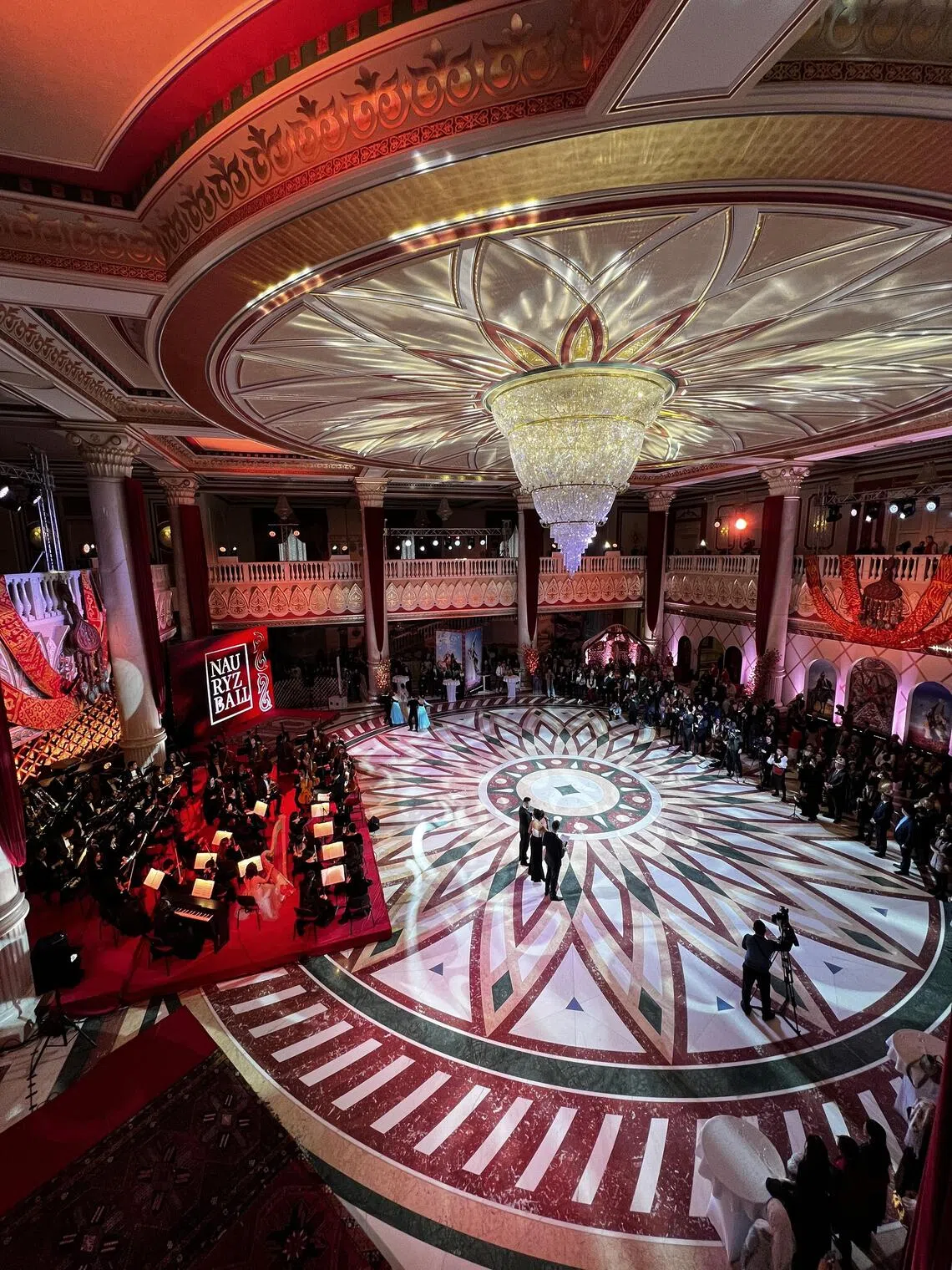
Today, its bustling bazaars still whisper tales of Silk Road merchants. Its ancient mosques are testaments to a 1,200-year-old faith. Its architectural landscapes – even the new ones – display hallmarks of Soviet aesthetics, from the blocky concrete apartments to the stark, futuristic monuments.
As you journey through Kazakhstan, you feel as if you’re moving through a series of distinct worlds, each with its own visual vocabularies. These disparate elements rarely fuse with each other, and lend a surreal twist to the environment.
To understand Kazakhstan, you must travel to its different cities, such as Astana, Shymkent and Turkistan. Each is an emblem of the past, present, and future; each holds a key to parsing its enigma.
Astana is the perfect city to witness Kazakhstan’s transformation, from a formerly oppressed Soviet republic to an economic leader in Central Asia, capitalising on its vast oil, gas and mineral reserves.
Formerly known as Akmolinsk and Tselinograd, Astana underwent an enormous change when it was designated as the new capital of Kazakhstan in 1997. In 2019, it was renamed as Nur-Sultan, in honour of the country’s first president Nursultan Nazarbayev after the collapse of the Soviet Union. Then, in 2022, it was renamed again as Astana.
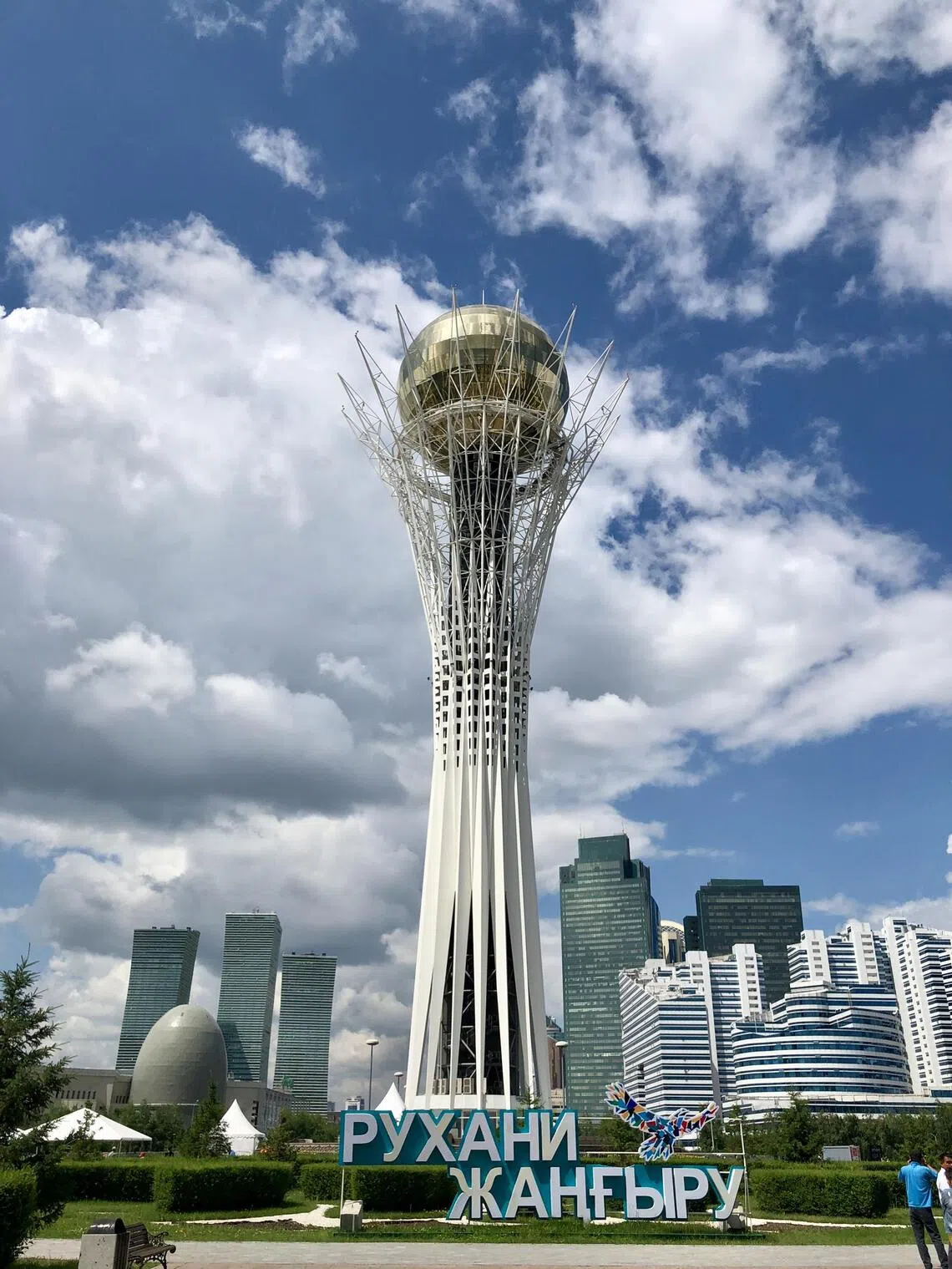
Here, the skyline is the first thing that captures your eye, a striking blend of futuristic architecture and traditional Kazakh motifs. Piercing the sky is the iconic Bayterek Tower, which soars 97 metres above ground. The tower was envisioned – by former president Nazarbayev, no less – to resemble a mythical tree of life in Kazakh folklore. On the top of the tree is a “golden egg”, a symbol of hope and prosperity, laid by the holy bird Samruk (the Kazakh version of the phoenix).
If you take the lift up to the top of Bayterek Tower, you can get a splendid 360-degree view of the city. Renowned starchitects Kisho Kurokawa and Norman Foster helped master-plan and design its urban layout, which includes a long, central boulevard linking major landmarks and governmental buildings, such as the Ak Orda Presidential Palace.
When the sun sets, there’s no better way to cap your city tour than to dine at Selfie, a modern fusion restaurant that serves classic Kazakh dishes with contemporary twists. Horse meat is a staple of the local population – so the dishes here include horse meat tartare with horse heart and flax milk, and horse meat pie with local mushrooms and dates sauce. Horse meat, as served in ordinary restaurants, is an acquired taste – so it’s something of a tiny relief to have it cooked here for untrained palates.
Other must-trys include the traditional boortsog (a Central Asian dough) served with black caviar, baked eggplant with hummus filling and unagi sauce, and irimshik cheese ice cream with milk tea espuma, a fine fusion of the sweet and savoury. The restaurant is located at the top of the Ritz Carlton, offering stunning views of the city.
A short flight southwards takes you to the second city of Shymkent, the cultural capital of southern Kazakhstan. For centuries, this ancient city has been a crossroads of civilisations. Today, it takes on an unusual new life as a popular hub for large weddings – the kind where you invite maybe 500 to over 1,000 guests.
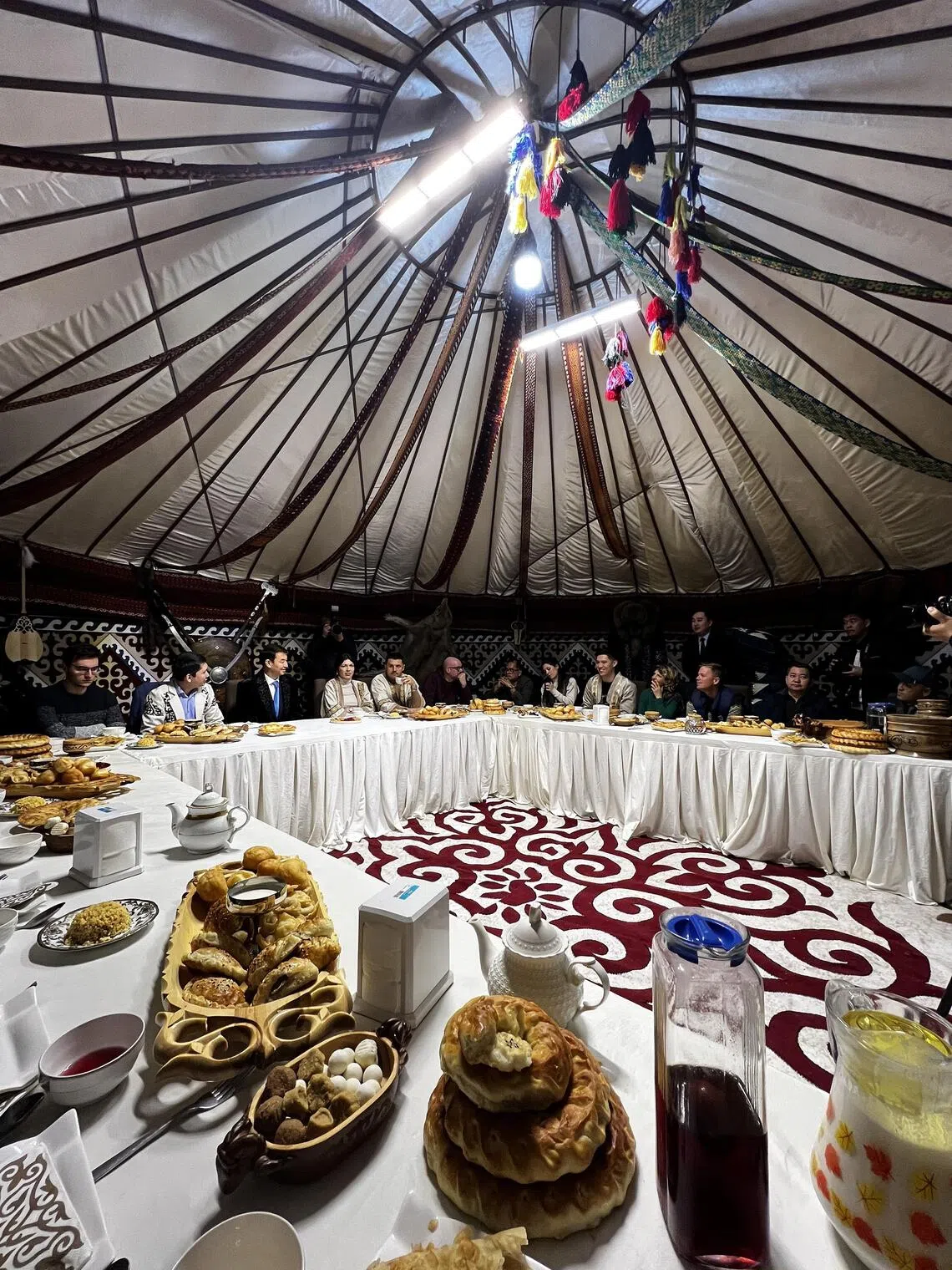
The original layout of buildings and its fortification system have been faithfully preserved or recreated, so you get a palpable sense of how lives were led centuries ago. Dioramas – if slightly on the cheesy side – abound to supplement your imagination. And, if you care to, pose next to the statues of trailing camel caravans that remind the world of the centuries of traders passing through Shymkent, a critical point of the Silk Route.
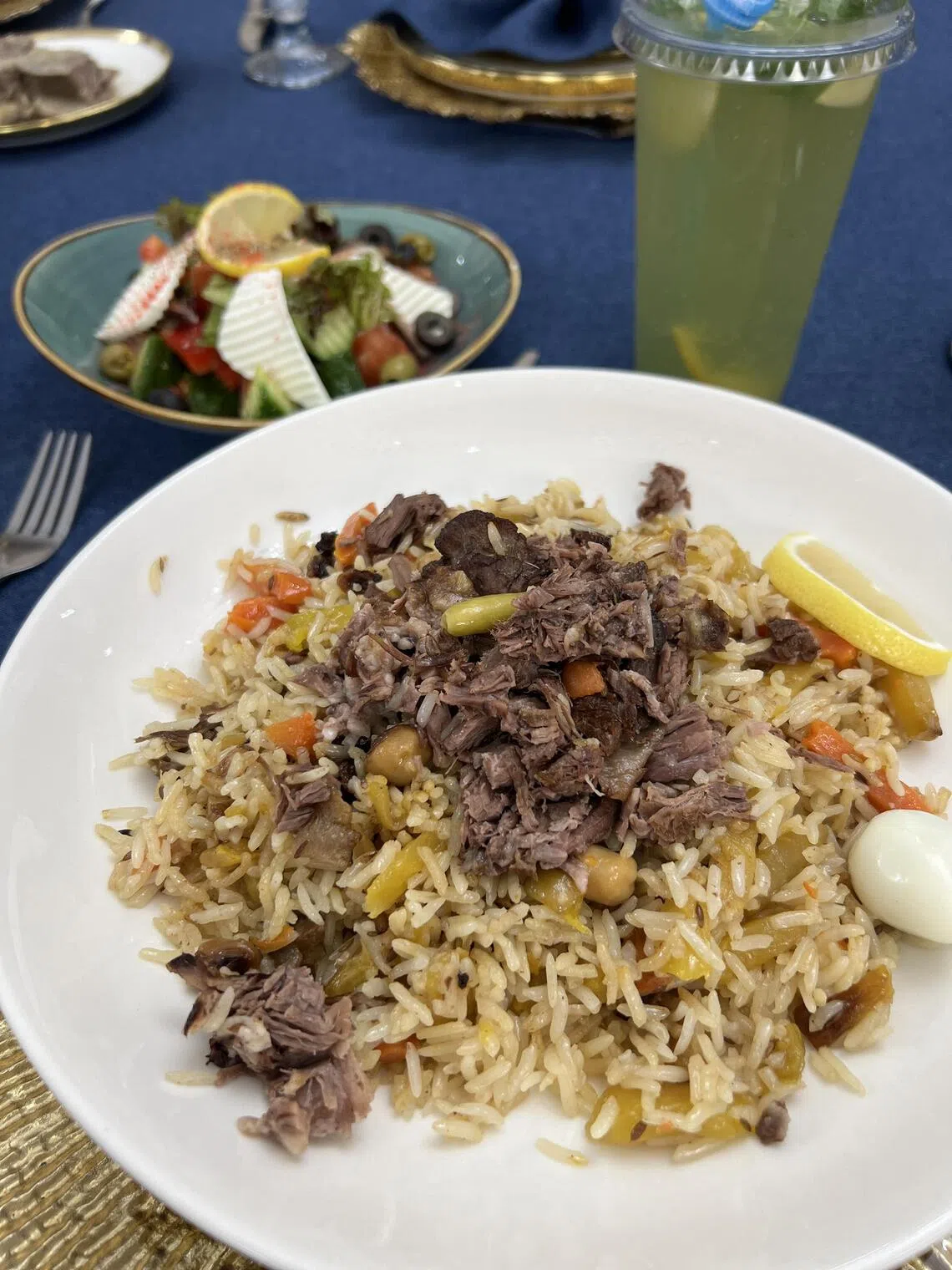
But if you think that Shymkent is stuck in the past, you’d be wrong. A gentle stroll through the streets of Shymkent offers ample evidence of youth and contemporary culture. The city, the third largest in Kazakhstan, has a buzzy cafe scene offering a tantalising array of Kazakh cuisine, from hearty kebabs to spicy plov (the Kazakh version of biryani). There are various stalls hawking souvenirs, the most popular ones being felt toy camels and Kazakh dolls in traditional costumes.
Among the trio of cities, however, Turkistan is perhaps the most tourist-friendly. To wit, English is barely spoken by most hotel and restaurant staff around Kazakhstan, making Google Translate a necessary tool when your tour guide is absent. But in Turkistan, the frontline staff are a little more comfortable in speaking English – or, failing that, well-versed in hand gestures.
All these facilities have been built not far from the mausoleum of Khoja Ahmed Yasawi, a Unesco World Heritage Site that continues to draw hundreds of tourists daily. The 38-metre-tall domed structure is a breathtaking example of Islamic architecture, with spatial arrangements, vaults, domes and decorations typical of the Timurid period. It was constructed from 1389 to 1405, and became a prototype for other major buildings in Central Asia.
In Kazakhstan, every journey reflects its rich heritage and evolving aspirations.
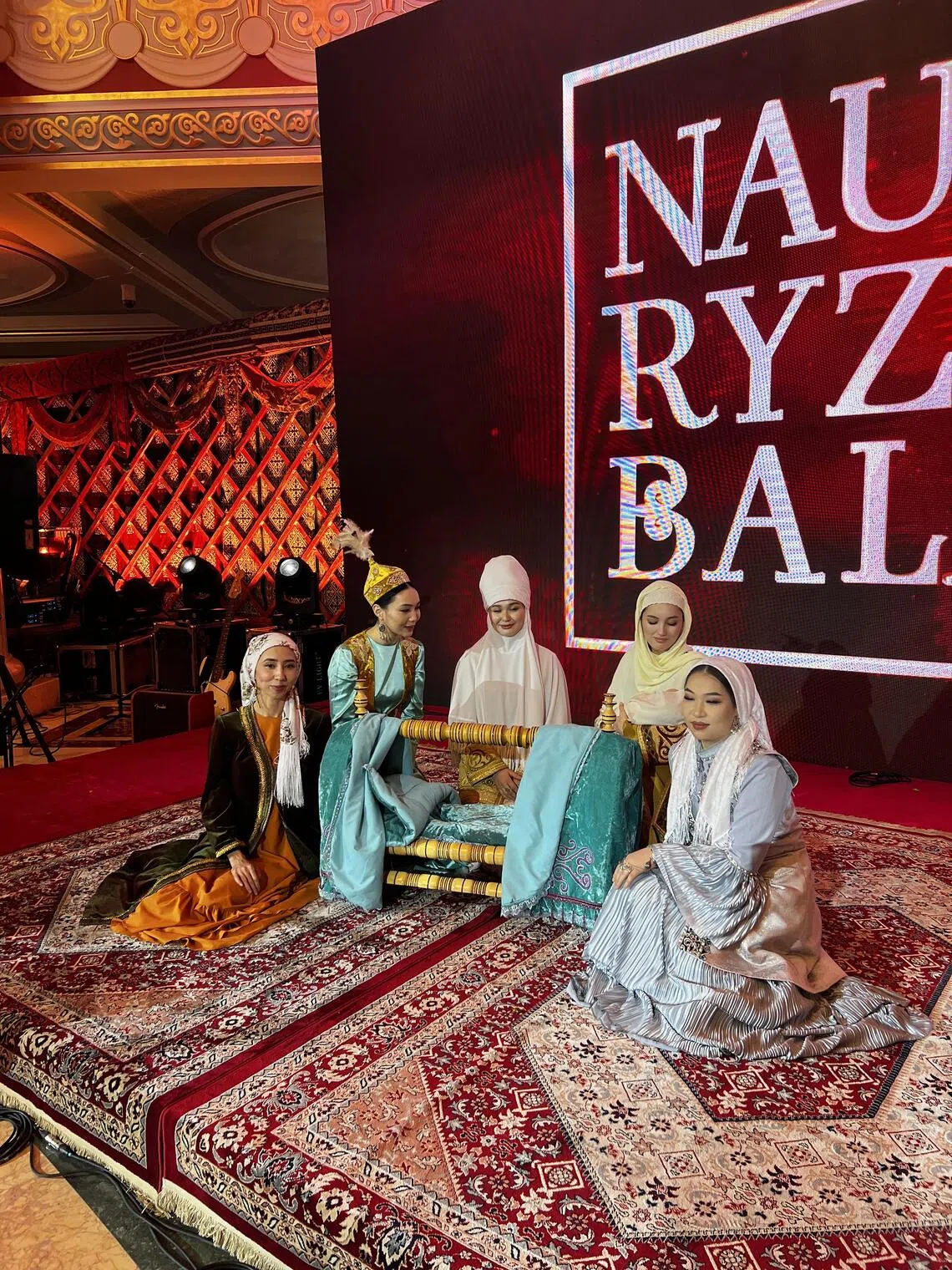
The writer was a guest of the government of Kazakhstan.
Decoding Asia newsletter: your guide to navigating Asia in a new global order. Sign up here to get Decoding Asia newsletter. Delivered to your inbox. Free.
Copyright SPH Media. All rights reserved.

